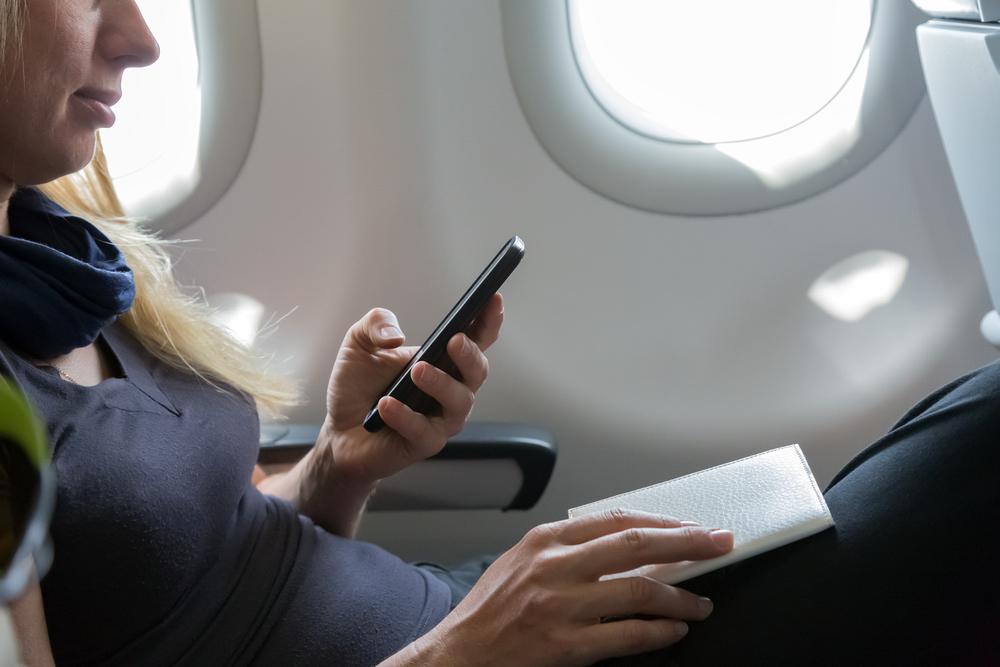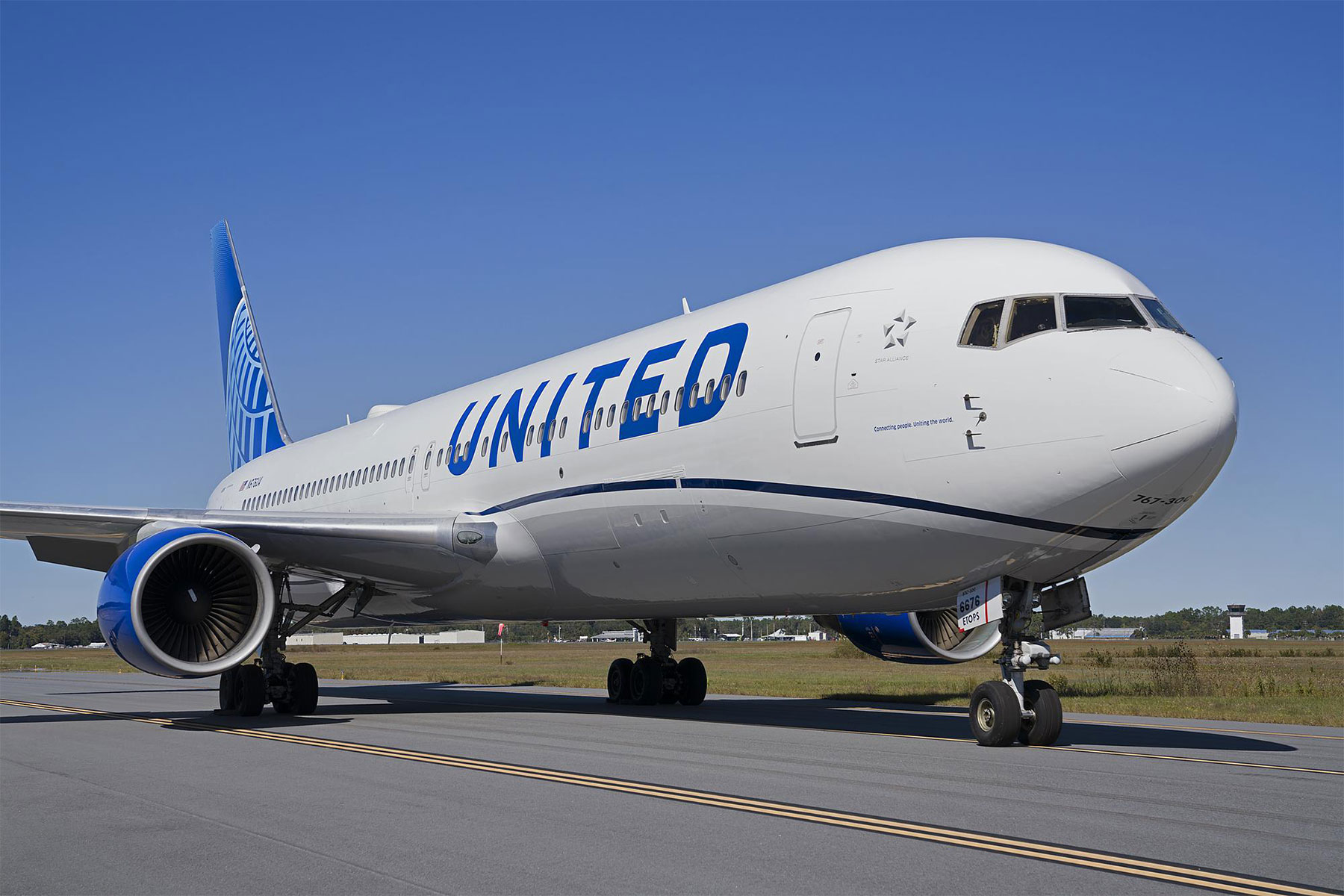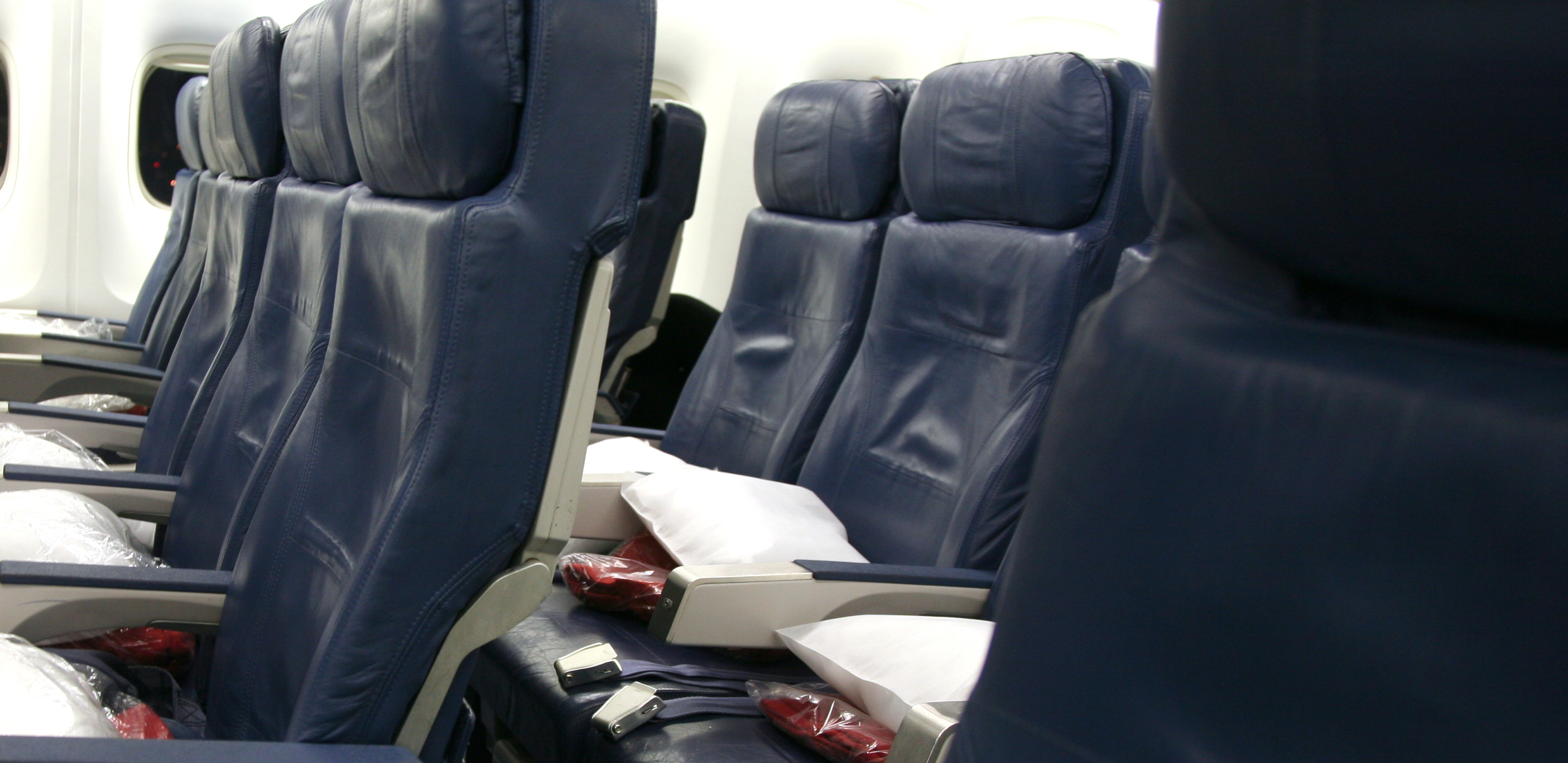Think of some of the imperatives you pack when you get ready for a trip; most of them are likely electronic. You bring your cell phone and computer or tablet and along with wireless accessories like a mouse or speaker. Maybe an e-cigarette, if you use one. Perhaps a battery charger as well. And of course, you’re not alone; there are many battery-powered devices onboard an aircraft at any given time, with multiple devices per person. In addition, most if not all flight attendants are now required to carry company-issued PEDs (personal electronic devices), alongside the other devices we also carry with us on the road. And as airlines scrap screens for entertainment in favor of relying on passengers to supply their own to watch movies and shows via onboard wi-fi, we find ourselves encouraged to continue.
It’s not a new story, but the FAA along with their international counterparts find themselves increasingly concerned about lithium ion battery fires onboard aircraft. The issue has been on their radar for years, yet aside from outright banning devices such as the Samsung Galaxy Note 7 and hoverboards, both of which had been known to explode in some instances, little headway has been made to mitigate these fears.
And these are just incidents within the cabin; Lithium battery shipments caused the 2010 crash of UPS flight 6 near Dubai, and it is now believed that the missing Malaysia Airlines flight 370 may have been brought down by the same means, as it too was found to be carrying lithium batteries in its cargo hold.
Air carriers fought for a ban on the practice and eventually won.How prepared are airline crews in fighting a lithium battery fire? It all depends on the airline, as different carriers provide different equipment, but onboard firefighting technology has yet to fully catch up with the technology we carry with us. A debate among friends from different countries and different airlines highlighted a disparity in understanding and approach when it comes to situations like these, which demonstrates the helplessness felt by airlines and their governing agencies on how to prevent future tragedies. Some airlines have or are planning on adding
high-energy fire containment bags, which are built to contain exploding devices and can withstand temperatures up to 3,200 degrees Fahrenheit. But other airlines are somehow reluctant to take them on, which could be due to the high cost of the bags. I would be shocked if eventually they don’t become a required part of onboard safety equipment. Halon extinguishers have been known to be able to eventually extinguish fires of this type, but it would seem that containing the smoldering fire source rather than have it continue to threaten the integrity of the aircraft would be preferable. A two-pronged approach could be a better one.
I am currently writing this as a passenger on my work-issued tablet in a wireless keyboard case while listening to music on my mobile phone, so I am obviously no proponent of banning electronic devices altogether. But hearing about more terrifying incidents and understanding the high speed and temperature at which these devices combust, I can’t help but feel we should keep striving for better solutions. Mine at the most basic level is that I’m going to make more of an effort to leave home any battery-powered items I don’t absolutely need during my travels, as unthinkable as that may be. A little disconnecting certainly couldn’t hurt, anyway, right?
[Photo: Shutterstock]























Inflight training departments should refer to AC 24-42D which states, lithium Battery Fires. Do Dot treat a fire involving a small number of lithium batteries as a Class D fire. We consider a small number of rechargeable lithium batteries as what would be found in portable electronic devices (PED) e.g. laptop compulers, cell phones. pagers, audio/video/data recording or playback devices, messaging devices, personal digital assistants (PDAs), and two-way radios. See chapter 4 paragraph I f of this AC on fire fighting training for further information. f. Lithium Battery Fires. Crew members should be trained not to treat a small number of lithium batteries as a Class 0 fire. Halon, Halon replacement, or water extinguishers can be used to control fires involving a small number of rechargeable lithium batteries as found in PED e.g. laptop computers, cell phones, pagers, audio/video/data recording or playback devices, messaging devices, PDAs, and two-way radios. Water or other water based liquid from any available source should be poured over the cells immediately after fire knockdown or extinguishment, since only water or water based liquids can provide sufficient cooling to prevent re-ignition and/or propagation of the fire to adjacent cells of the battery pack. A water extinguisher, by itself, can be used safely (from a distance) to extinguish a lithium battery fire and will usually cool it sufficiently to end the event. If needed, it can be followed up by water from any available source. ( I) Crew members should be trained not to use fire resistant bum bags to isolate burning Lithium batteries. Transferring a burning appliance into a bum bag may be extremely hazardous.
And now they are being ordered by the US and the UK to put these lithium batteries indevices in the hold where they will not be monitored for several hours.. Stupid!